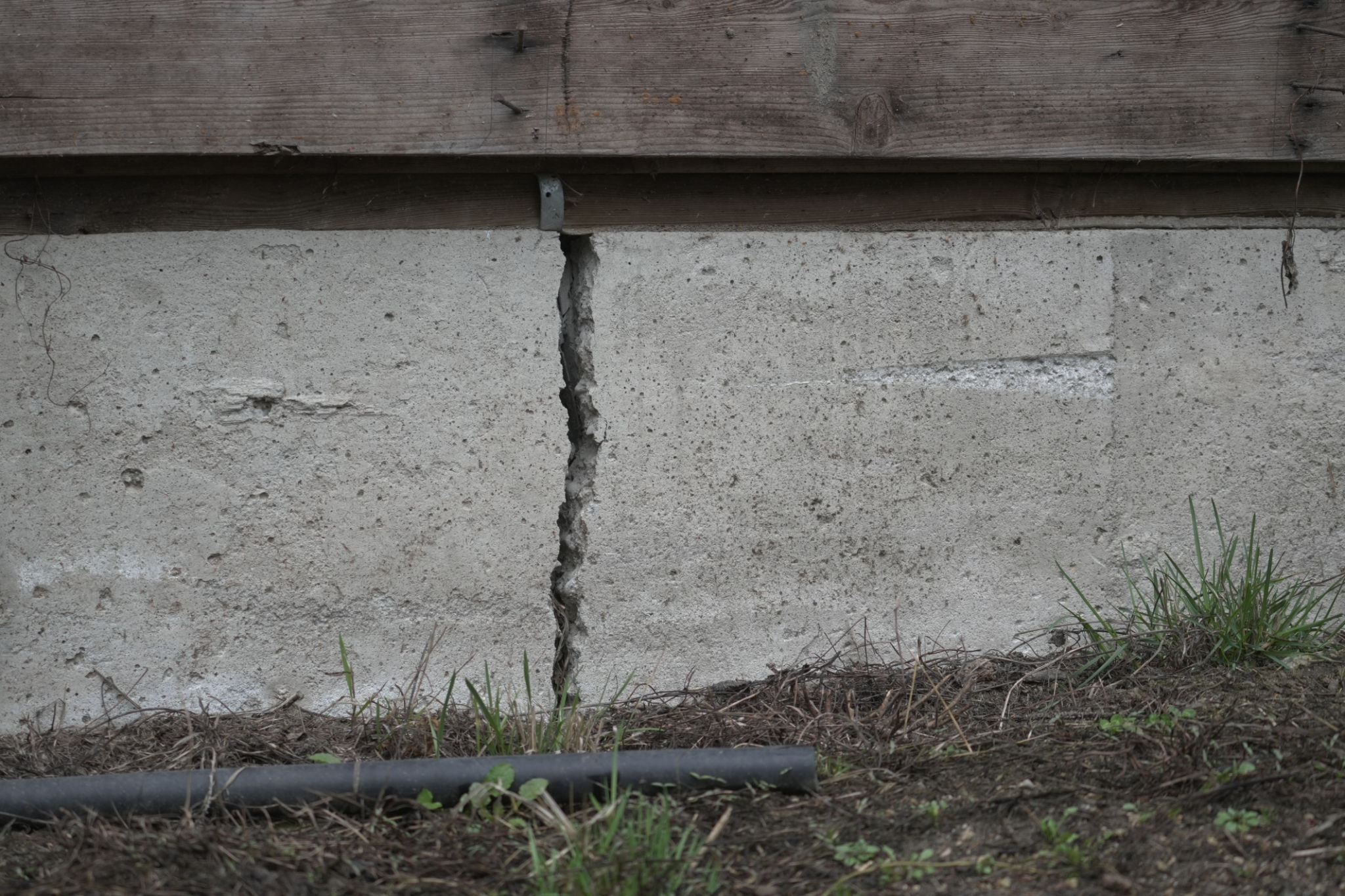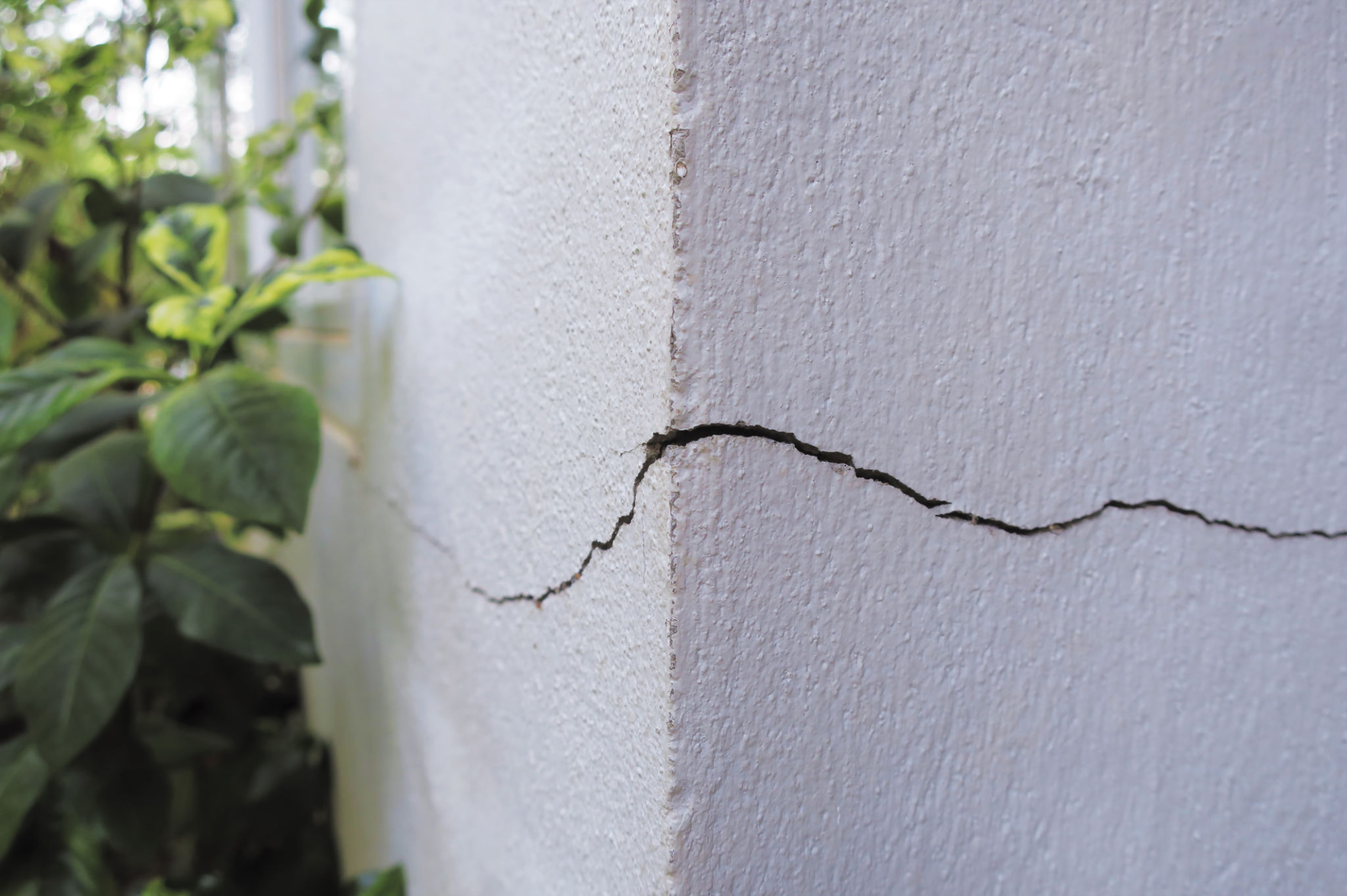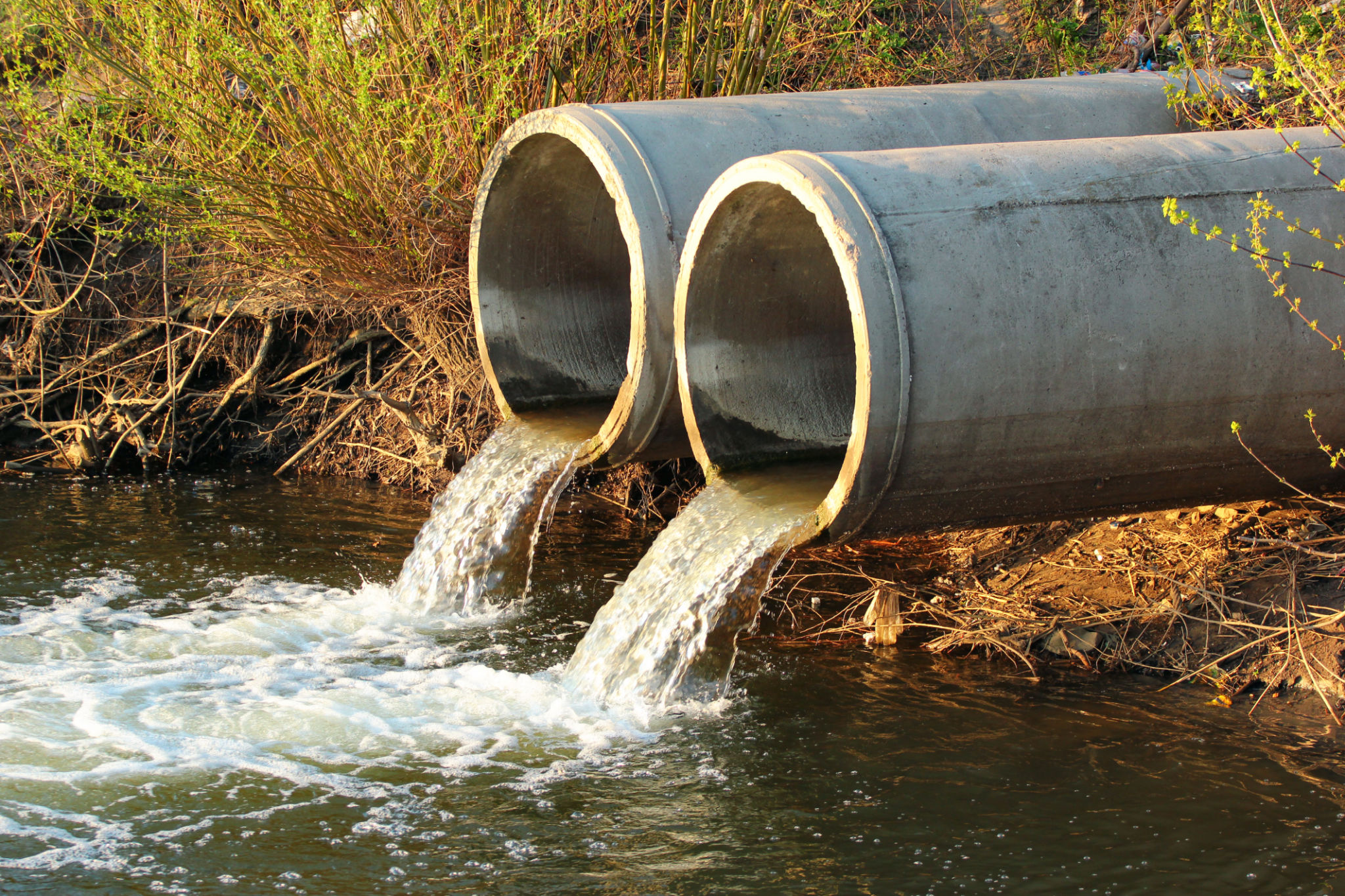DIY Foundation Inspection: Identifying Early Signs of Slab Issues
Inspecting your home's foundation might not be at the top of your weekend to-do list, but it's a crucial task that can save you from costly repairs down the road. Identifying early signs of slab issues can help you address problems before they escalate, ensuring your home remains safe and structurally sound.
Understanding Slab Foundations
A slab foundation is a flat, concrete structure that supports a home. It’s a popular choice for many homeowners due to its affordability and durability. However, like any part of a house, it can develop issues over time. Recognizing these early signs can prevent further damage.
Cracks, uneven surfaces, or water pooling are common indicators of potential problems. Regular inspections are necessary to catch these signs early.

Tools You'll Need
Before you start your DIY inspection, gather the necessary tools. Fortunately, you don’t need specialized equipment. A flashlight, tape measure, level, and a notepad for documentation will suffice.
Having these tools on hand will make your inspection thorough and efficient. Documenting your findings is important for tracking changes over time.
Checking for Cracks
Cracks in the slab are often the most obvious sign of trouble. Examine both the interior and exterior of your home for any visible cracks. Small hairline cracks are usually not a cause for concern, but larger or widening cracks can indicate shifting or settling.

Assessing Uneven Surfaces
Uneven floors can be another telltale sign of foundation issues. Use a level to check the evenness of your floors. Pay special attention to areas near doors and windows as they are more prone to shifting.
If you notice that doors or windows are sticking or not closing properly, it might be due to an uneven foundation. This could point to more significant underlying problems.
Look for Water Pooling
Water pooling around the foundation is a red flag. It can lead to soil erosion and pressure against the slab, causing it to shift or crack. Inspect the grading around your home to ensure water is being directed away from the foundation.

Monitoring Changes Over Time
Regular monitoring is key to identifying changes in your foundation's condition. Keep a record of any cracks or shifts you notice during inspections. This documentation can be valuable if professional repairs become necessary.
Compare notes from previous inspections to determine if there have been any significant changes. This proactive approach helps catch developments early.
When to Call a Professional
While DIY inspections are helpful, some situations require professional intervention. If you discover significant cracks, persistent water issues, or noticeable shifts, it's time to consult a foundation expert.
Professionals can provide more precise diagnostics and comprehensive solutions to ensure your home remains safe and secure.